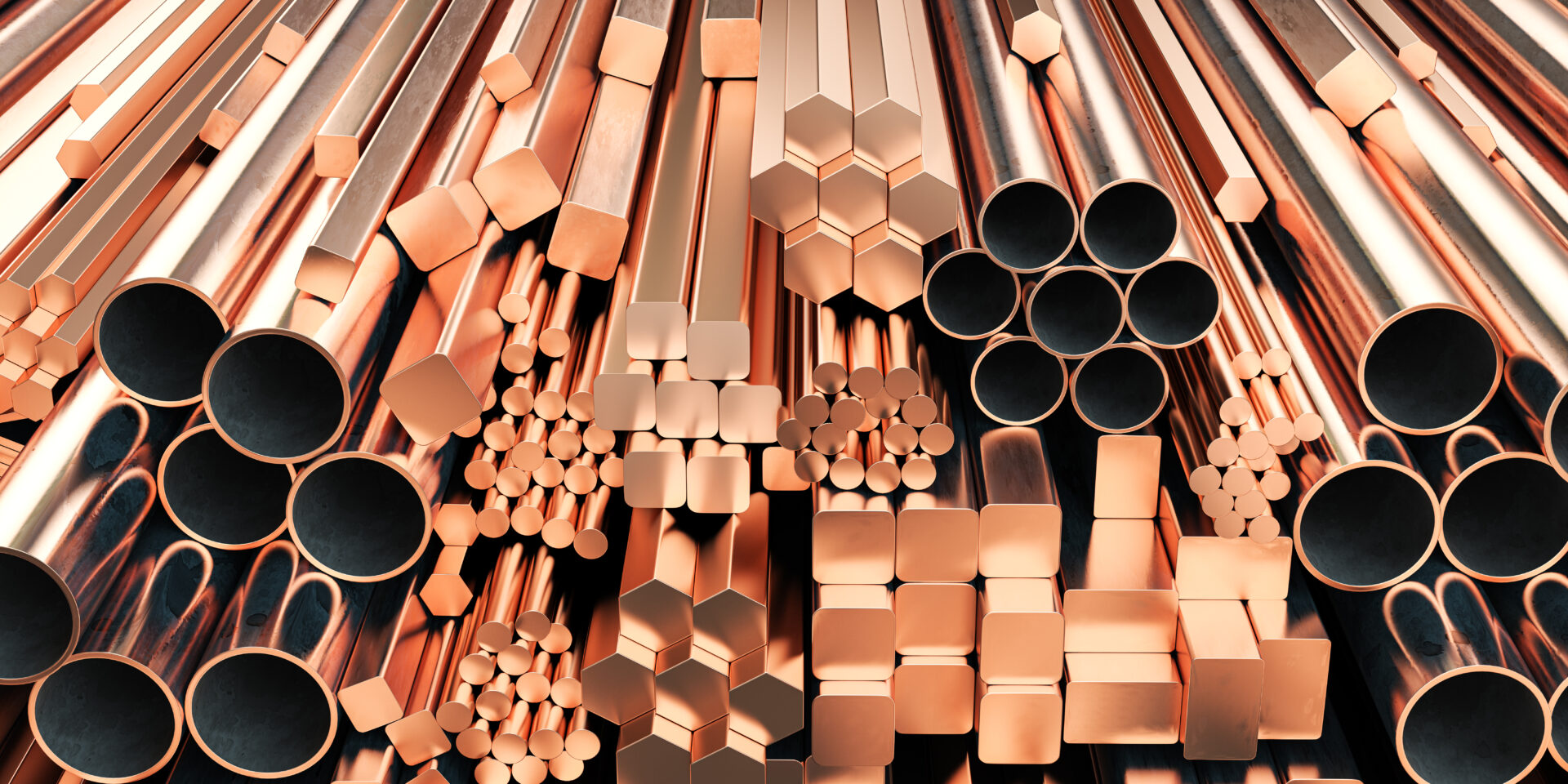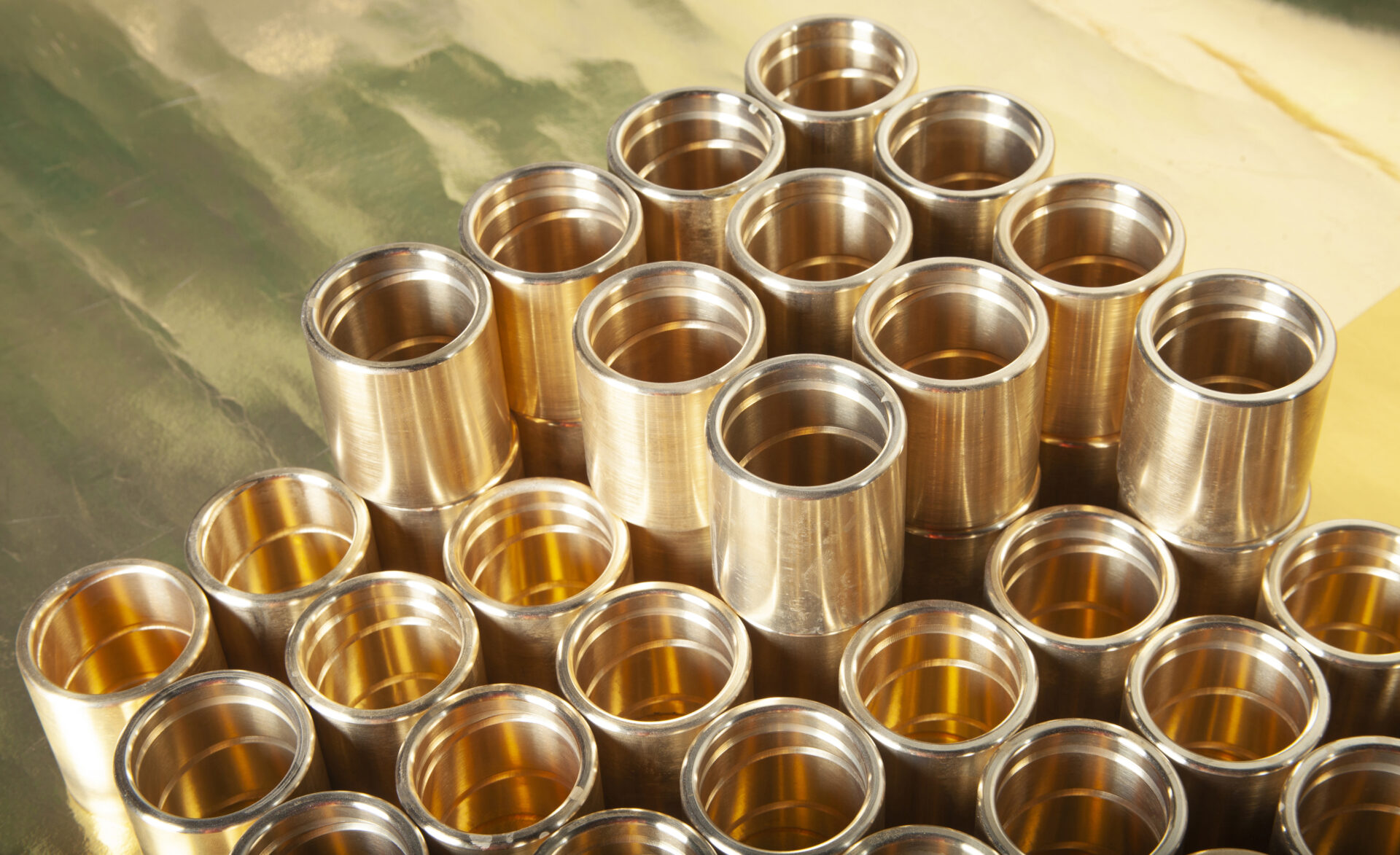

When we think of the bottom of the ocean, we submerge ourselves in total darkness and surround ourselves with thoughts of bioluminescent marine creatures, hydrothermal vents, and the magnificent trenches.
But, just when we thought our oceans couldn’t become even more mysterious, scientists and researchers have discovered something even more fascinating: expansive deposits of rare earth minerals.
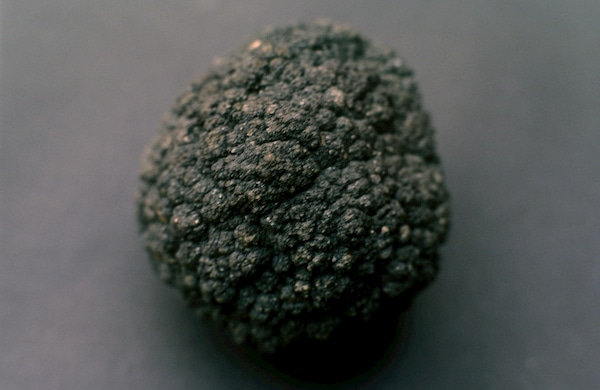

Thousands upon thousands of rich mineral fields full of polymetallic balls, known as manganese nodules, dot the ocean floor. This revolutionary discovery has led to a new kind of space race among countries around the world: deep sea mining.
So, why are manganese nodules so valuable? And what are the possible negative implications of mining at 8,000-12,000 feet under the water’s surface?
Keep reading to learn why these operations raise major concerns for marine biologists and discover how YOU can help protect our oceans.
What is Deep Sea Mining?
Deep sea mining, also known as seabed mining, uses large hydraulic pumps to extract and harvest special ore deposits from the ocean floor.
Currently, international interest has shifted to the large amounts of manganese nodules found in the Clarion Clipperton Zone of the Eastern Pacific Ocean. In fact, countries around the world, including the United States, China, Japan, and Korea, all want a slice of these newly discovered metal deposits.
But, why are countries willing to go such great lengths to harvest manganese nodules from the seafloor?
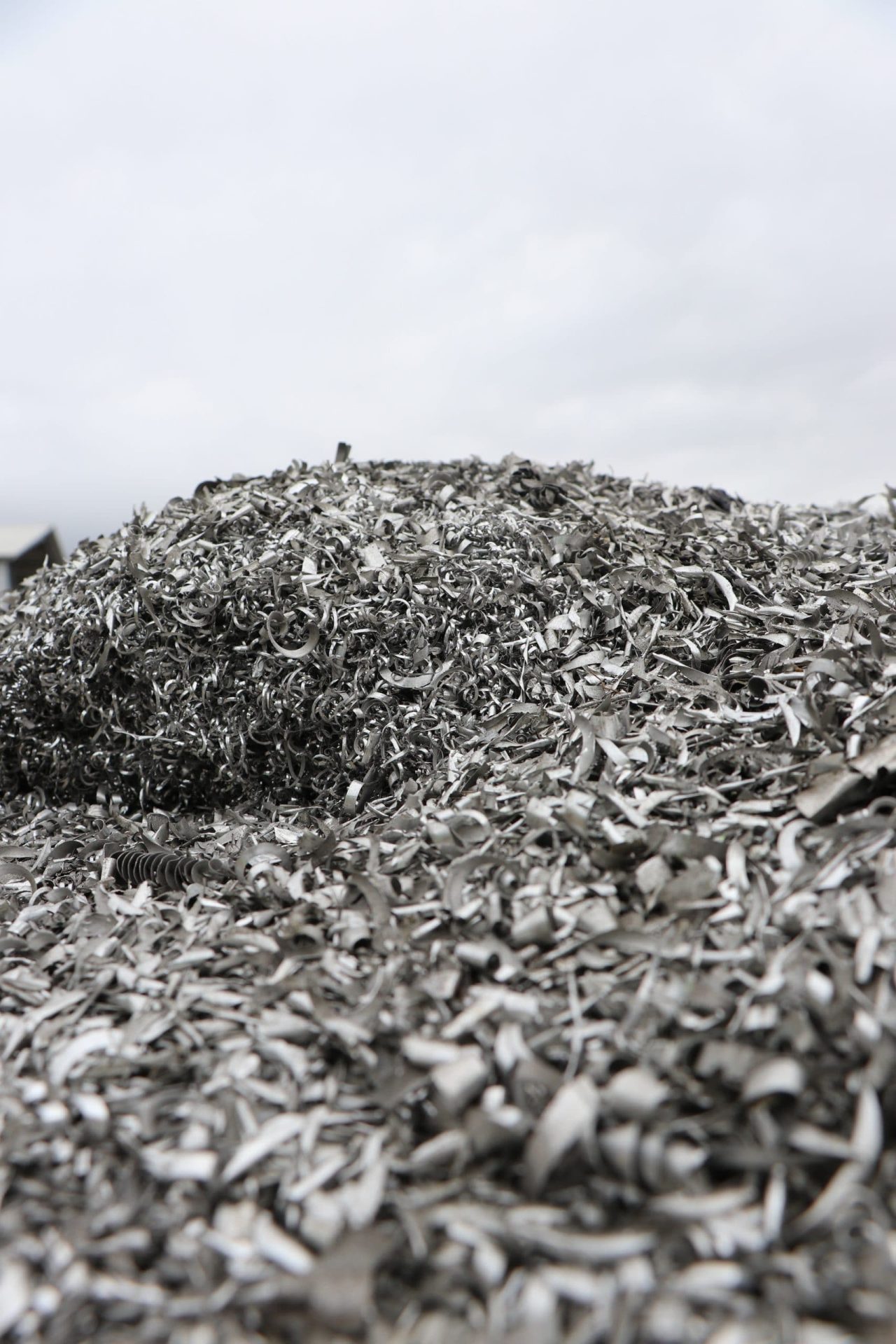

Here’s a simple truth: Earth’s terrestrial mines are drying up. Meanwhile, the demand for these metals increases every day.
So, What are Manganese Nodules Used For?
Manganese balls are a type of polymetallic nodule found at depths of 3500 and 6500 metres. Each manganese nodule contains several economically-promising metals, including:
- Manganese
- Iron
- Copper
- Nickel
- Cobalt
- Titanium
- Other rare-earth elements
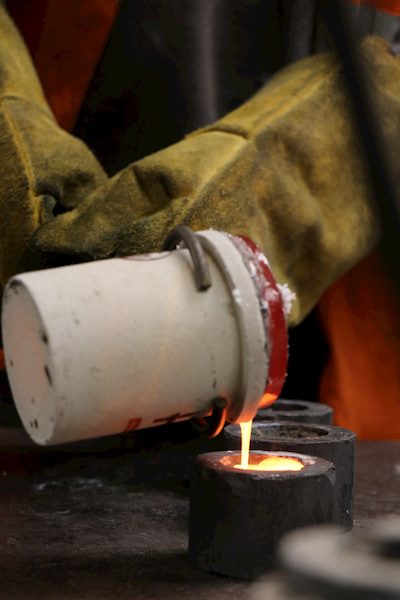

Manganese is heavily used for steel and iron production. But, here’s the catch: manganese is extremely rare to find in most countries, with 80% of terrestrial reserves found in South Africa and Ukraine. That is why so much interest has fixated on deep sea mining in international waters.
Unfortunately, several marine biologists and scientists foresee major environmental complications and consequences that can come from deep sea mining operations.
Biologists Warn About Deep Sea Mining Problems
According to the International Union for Conservation of Nature (IUCN), deep sea mining can cause a series of deep sea environmental disturbances. Some of the most critical problems include:
- Displacement of native deep-sea species, including fish, crustaceans, and other marine organisms
- Disturbance of the biodiversity of very LARGE areas of the seafloor
- Sediment plumes from hydraulic pumping can jeopardize life on the seafloor, which can actually have negative effects on climate change resistance
But, that’s not all! Deep sea mining can also create huge problems for human life on land.
That’s right, several island nations, including Hawaii, can see an increase in both oceanic and onshore pollution. With deep sea mining comes more marine debris that will wash up onshore and disturb reefs, dunes, and coastal populations.
So, is there an easy solution to these major deep sea mining challenges?
Easy Solutions to Preserve Our Ocean Floor
Along with the IUCN, renowned marine biologists, Cindy Van Dover and Daniel Dunn, also warn of the impending dangers of seabed mining. To combat dramatic shifts in underwater biodiversity, they established the deep sea mining conservation strategy.
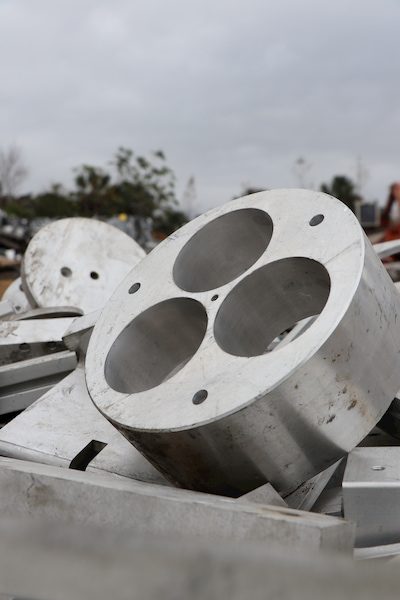

With the help of the International Seabed Authority (ISA), biologists and ecologists are hopeful that this precautionary will protect thousands of miles of seafloor biodiversity.
Here’s the good news: conservation strategies are just one way to help protect the seafloor. In fact, YOU can take small steps to reduce the need for deep sea mining.
What if we told you that you can recycle rare earth metals and help save our seas? By recycling materials that contain traces of manganese, iron, copper, nickel, and other valuable metals, you can recirculate used metals and reduce the need to mine new sources!
And the best part? Scrap metal can put cash in your pocket. It’s a win-win for you and the environment!
Help Save the Sea with GLE Scrap
Want to take action and help reduce the need for deep sea mining? Preserve the seafloor and recycle with GLE Scrap.
With several locations in Florida and Michigan, we provide environmentally-friendly electronics recycling services that will put money in your wallet and protect our oceans. Contact us to learn more.


